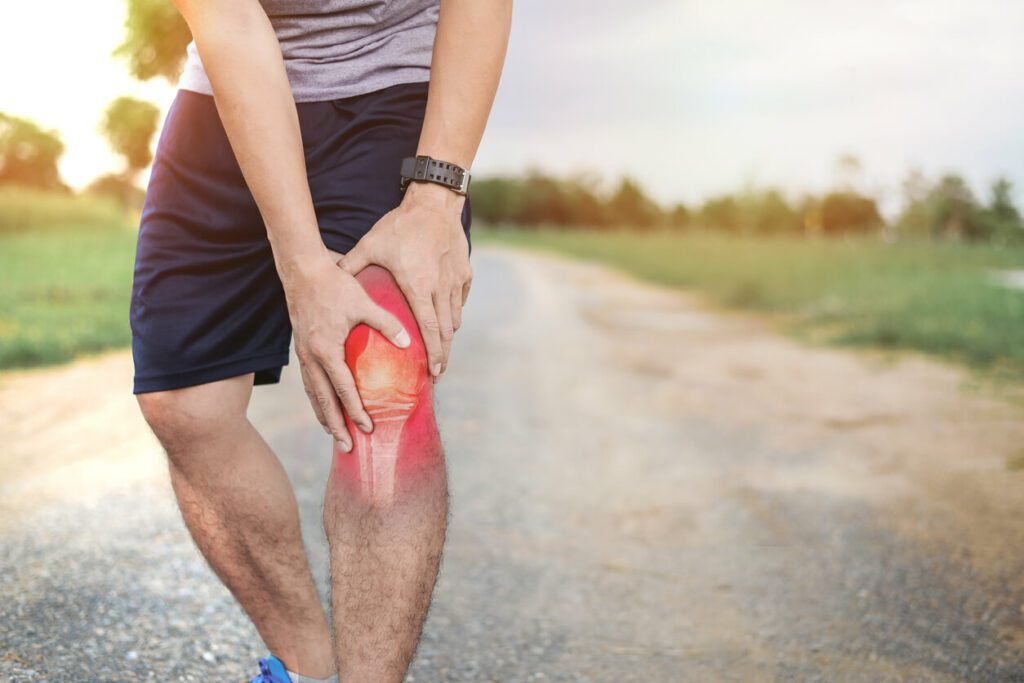
Ozone and Its Properties
- Ozone is a highly soluble gas with great oxidizing activity.
- In contact with biological fluids, ozone forms lipid oxidation products and reactive oxygen species.
- These substances react with white blood cells, triggering the production of cytokines, which strongly condition inflammatory reactions.
- Reactive oxygen species enhance the oxygen supply to tissues.
Therapeutic Uses of Ozone
- Ozone is used to treat many painful syndromes affecting the joints, muscles, and tendons, even when peripheral neurological impairment is present.
- Its painkilling mechanism is thought to be based on:
- Stimulation of the anti-nociceptive apparatus mediated by endogenous opioids and serotonin.
- Raising the pain threshold.
- The marked anti-inflammatory properties of ozone reduce:
- Edema.
- Joint swelling.
- Compression on nerve root structures.
- Ozone favors tissue hyperoxygenation following increased vascularization due to neoangiogenesis, improving local tissue trophism and the inhibitory capacity of inflammatory metabolites.
Knee Anatomy
- The knee is the intermediate joint of the lower limb.
- It mainly operates with one degree of freedom—flexion-extension—with a second accessory degree of freedom: rotation around the longitudinal axis of the leg (occurs only when the knee is flexed).
- The knee works in compression, under the effect of gravity.
- It consists of two refined joints:
- The inferior distal face of the femur with two distinct joint regions and articular parts.
- The superior proximal face of the tibia, which meets the femur with two articular parts.
- The knee also has a femoral-rotular (or patellar) joint.
- During flexion, the knee is particularly exposed to injury to the ligaments and meniscus.
- In extension, joint fractures or ligament ruptures are more common.
Indications for Ozone Therapy
- Knee Pain:
- Pain may be invalidating and progressive.
- Exacerbated by movement (while walking or going up and down stairs).
- Swollen knee reflects the synovial membrane reacting to joint inflammation.
- Inflammatory diseases due to overloading.
- Conditions include:
- Patellar tendinitis.
- Synovitis during inflammatory arthritis.
- Bursitis.
- Knee pain caused by joint cartilage degeneration (femoral-rotularchondropathy).
- Knee pain following surgery.
Procedure for Ozone Therapy
- The patient is placed in a supine position with the knee in extension.
- The patella’s medial margin is pressed to subluxation in the lateral margin to increase the articular rim.
- A 21G needle is inserted along the superolateral margin of the patella (to the superior third).
- After ensuring asepsis and aspiration, 10-15 cc of the gas mixture is injected slowly at variable concentrations (not exceeding 25 µg/ml).
- The patient is invited to perform some flexion-extension movements of the knee to better distribute the drug throughout the joint.
Understanding Knee Pain
- The knee is one of the largest and most complex joints of the human body, consisting of numerous muscles, bones, cartilages, ligaments, and tendons.
- Most knee joint pains are due to muscle, tendon, or ligament injuries resulting in edema, inflammation, and joint swelling.
- Common causes include minor joint injuries, obesity, inflammation, and osteoarthritis.
- Painkillers are often used but can lead to gastrointestinal changes and gradual resistance.
- Intra-articular steroids may cause side effects due to high doses and the risk of infection when injected into the joint.
- Severe osteoarthritis may necessitate knee replacement, which is an expensive and painful procedure.
Benefits of Ozone Therapy
- Ozone is the treatment of choice for many painful syndromes affecting the joints, muscles, and tendons.
- Its anti-inflammatory properties reduce edema, joint swelling, and compression on nerve roots.
- Increased oxygen from ozone injections can produce hormone-like substances that relieve inflammation and reduce pain.
- Ozone therapy can promote the regrowth of cartilages and menisci, addressing major pain sources.
- Ozone is injected into the skin and subcutaneous tissue with minimal pain using a small 27G needle.
- Very rarely, it needs to be injected into the joint.
- Patients require only a few minutes of rest before going home.
- Several sessions may be needed depending on the extent of the disease and the nature of the response.
- Ozone therapy for knee pain is effective, economical, and a safe procedure that requires minimal hospital stay.